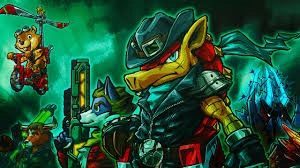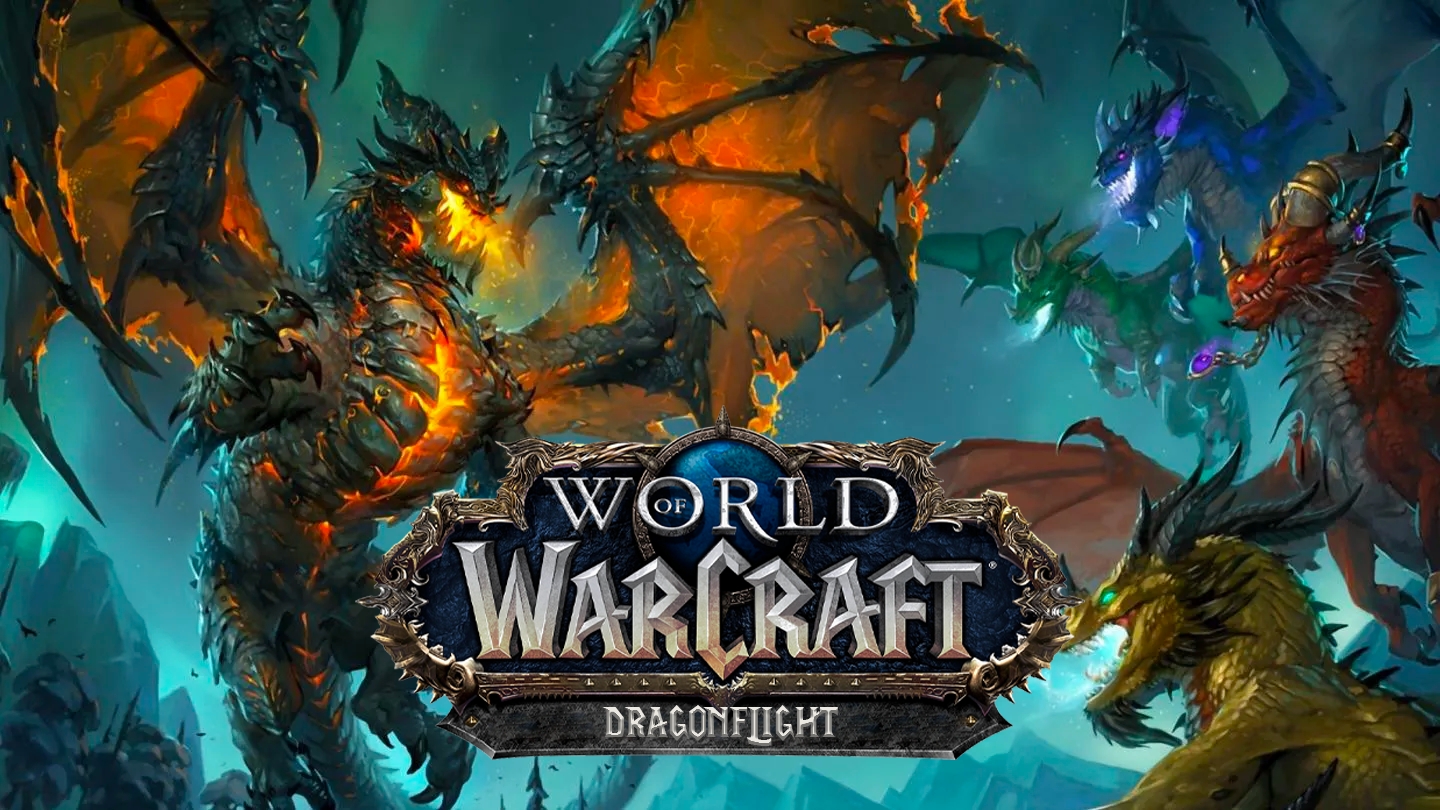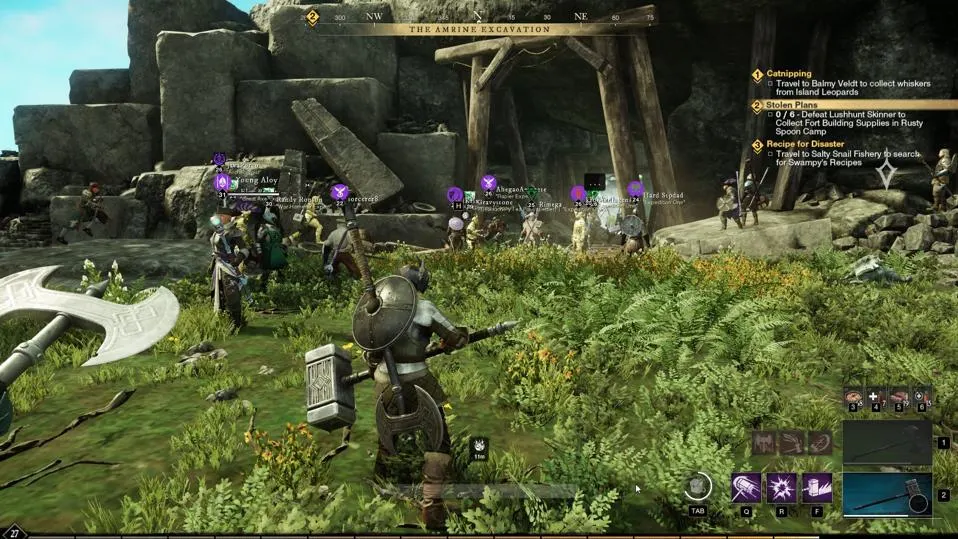Dillon’s Dead-Heat Breakers is a unique title from Nintendo, blending elements of tower defense, action, and racing. The game takes place in a post-apocalyptic world where players must protect their villages from waves of enemies. Despite the unique concept, Dillon’s Dead-Heat Breakers struggles to maintain momentum, leading to a gameplay experience that feels like it’s running on fumes.
Introduction to Dillon’s Dead-Heat Breakers
What is Dillon’s Dead-Heat Breakers?
Dillon’s Dead-Heat Breakers is the third entry in the Dillon series, developed by Vanpool and published by Nintendo. Released for the Nintendo 3DS, it follows the titular armadillo, Dillon, as he defends his world from the Grocks, rock-like creatures threatening to overrun villages. The game introduces a blend of genres, offering players a mix of action-packed battles, tower defense strategy, and racing sequences.
The Storyline: A Post-Apocalyptic Adventure
The game is set in a dystopian world where resources are scarce, and survival is the primary goal. Dillon, known as the Red Flash, teams up with various characters, including your Mii, to defend villages from Grock invasions. The storyline is simple but serves as a backdrop for the gameplay. Players travel from village to village, facing off against waves of enemies and completing missions to earn resources and progress the story.
Gameplay Mechanics: A Blend of Genres
Tower Defense Elements: Defending the Villages
The core of Dillon’s Dead-Heat Breakers lies in its tower defense mechanics. Players are tasked with defending villages from waves of Grocks by strategically placing defenses and using Dillon’s unique abilities. Each village presents different layouts and challenges, requiring players to adapt their strategies to succeed.
Action-Packed Combat: Taking the Fight to the Grocks
Combat in Dillon’s Dead-Heat Breakers is fast-paced and action-oriented. Dillon can roll into enemies, perform powerful attacks, and use various weapons to defeat Grocks. The combat mechanics are simple yet satisfying, providing a break from the strategic tower defense gameplay.
Racing Sequences: A New Twist to the Formula
One of the unique features of Dillon’s Dead-Heat Breakers is the introduction of racing sequences. During these segments, players must chase down and destroy Grocks before they reach the village. These high-speed chases add a sense of urgency and excitement, though they can feel repetitive over time.
Graphics and Visuals: A Mixed Bag
Art Style: A Post-Apocalyptic Aesthetic
Dillon’s Dead-Heat Breakers features a distinct art style that matches its post-apocalyptic setting. The character designs are unique, with anthropomorphic animals adding a whimsical touch to the otherwise bleak world. The environments, however, can feel bland and uninspired, with repetitive textures and limited variety.
3D Effects: Enhancing the Experience
The game takes advantage of the Nintendo 3DS’s 3D capabilities, adding depth to the visuals. While the 3D effects are well-implemented, they do little to enhance the overall experience, as the graphics themselves are not particularly impressive.
Audio and Soundtrack: A Fitting but Forgettable Score
Sound Effects: Enhancing the Action
The sound effects in Dillon’s Dead-Heat Breakers are functional, adding to the intensity of combat and the urgency of racing sequences. However, they lack variety, and players may find the repetitive sounds grating after extended play sessions.
Music: A Soundtrack That Matches the Theme
The soundtrack of Dillon’s Dead-Heat Breakers is fitting for the game’s post-apocalyptic setting, featuring a mix of intense battle music and more subdued tracks for exploration. However, the music is largely forgettable, with no standout tracks that leave a lasting impression.
Replayability: Limited by Repetition
Mission Variety: A Double-Edged Sword
Dillon’s Dead-Heat Breakers offers a variety of missions, from defending villages to completing races and side quests. While the variety is appreciated, the missions themselves can become repetitive, with similar objectives and enemies appearing throughout the game.
Customization: Building Your Team
One of the more engaging aspects of Dillon’s Dead-Heat Breakers is the ability to customize your team. Players can recruit and upgrade various characters, each with unique abilities that can be used in battle. This adds a layer of strategy, as players must choose the right team members for each mission.
Endgame Content: What’s Left After the Main Story?
Once the main story is completed, Dillon’s Dead-Heat Breakers offers some additional content, including more challenging missions and the ability to revisit previous villages. However, the lack of significant rewards or new gameplay mechanics limits the appeal of returning to the game after finishing the story.
Performance and Controls: Smooth but Simple
Controls: Easy to Learn, Hard to Master
The controls in Dillon’s Dead-Heat Breakers are straightforward, with simple inputs for attacking, defending, and racing. The game does a good job of teaching players the basics, but mastering the more advanced techniques requires practice. The controls are responsive, though the limited complexity may leave some players wanting more depth.
Performance: A Smooth Experience on the 3DS
Dillon’s Dead-Heat Breakers runs smoothly on the Nintendo 3DS, with no noticeable frame rate drops or performance issues. The game is well-optimized for the hardware, ensuring a stable experience even during the most intense battles.
Comparison to Previous Titles: A Step Forward or Backward?
Dillon’s Rolling Western: The Original Formula
Dillon’s Rolling Western, the first game in the series, introduced players to the unique blend of action and tower defense that defines the franchise. While it was a solid foundation, it lacked the polish and variety seen in later titles.
Dillon’s Rolling Western: The Last Ranger: Expanding the Gameplay
The Last Ranger built on the original, adding new mechanics and characters to the mix. It was a step in the right direction, offering more content and refining the gameplay. However, it still suffered from some of the same issues, such as repetitive missions and a lackluster story.
Dillon’s Dead-Heat Breakers: Evolution or Devolution?
Dillon’s Dead-Heat Breakers attempts to evolve the series by introducing new elements, such as the racing sequences and Mii integration. While these additions are welcome, they do not address the core issues that have plagued the series from the start. The game feels like a step sideways rather than a significant improvement.
Audience and Appeal: Who is Dillon’s Dead-Heat Breakers For?
Target Audience: Fans of Action and Strategy
Dillon’s Dead-Heat Breakers is best suited for players who enjoy a mix of action and strategy. The game’s unique blend of genres offers something for everyone, though its repetitive nature may limit its appeal to a broader audience.
Casual vs. Hardcore Gamers: A Game for Both?
The game’s simple controls and accessible gameplay make it approachable for casual players, while the strategic elements and challenging missions can appeal to more experienced gamers. However, the lack of depth may leave hardcore players wanting more.
Dillon’s Dead-Heat Breakers Review: Pros and Cons
Pros
- Unique Gameplay Blend: The combination of tower defense, action, and racing provides a fresh experience.
- Customizable Team: Recruiting and upgrading characters adds a layer of strategy.
- Smooth Performance: The game runs well on the Nintendo 3DS, with no major technical issues.
Cons
- Repetitive Missions: The game’s missions can feel repetitive, leading to a sense of monotony.
- Underwhelming Story: The storyline is simple and lacks depth, serving more as a backdrop than a driving force.
- Forgettable Soundtrack: While fitting, the music is largely unremarkable and does not leave a lasting impression.
FAQs: Dillon’s Dead-Heat Breakers
What Type of Game is Dillon’s Dead-Heat Breakers?
Dillon’s Dead-Heat Breakers is a blend of tower defense, action, and racing. Players defend villages from waves of enemies, engage in combat, and participate in high-speed chases to stop the Grocks.
How Does Dillon’s Dead-Heat Breakers Compare to Previous Titles?
Compared to its predecessors, Dillon’s Dead-Heat Breakers introduces new gameplay elements, such as racing sequences and Mii integration. However, it retains some of the same issues, like repetitive missions and a lackluster story.
Is Dillon’s Dead-Heat Breakers Suitable for Casual Gamers?
Yes, the game’s simple controls and accessible gameplay make it approachable for casual players. However, its repetitive nature may limit its long-term appeal.
Can You Customize Your Team in Dillon’s Dead-Heat Breakers?
Yes, players can recruit and upgrade various characters, each with unique abilities. This adds a strategic element to the game, as players must choose the right team members for each mission.
Does Dillon’s Dead-Heat Breakers Have Multiplayer?
No, Dillon’s Dead-Heat Breakers is a single-player game. While it features Mii integration, there is no multiplayer mode available.
How Long Does It Take to Complete Dillon’s Dead-Heat Breakers?
The main story of Dillon’s Dead-Heat Breakers can be completed in approximately 15-20 hours, depending on how much time is spent on side quests and customization.
Is There Any Post-Game Content in Dillon’s Dead-Heat Breakers?
Yes, after completing the main story, players can access additional missions and revisit previous villages. However, the post-game content is limited and does not offer significant new gameplay experiences.



